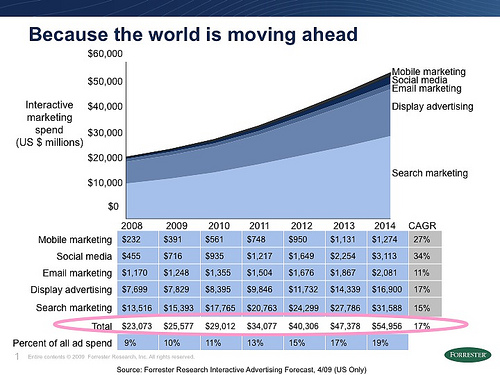In less than two weeks from today, Plenti, a coalition loyalty program, will officially shut down. Created by American Express three years ago, Plenti had an impressive roster of partners, at one point including Macy’s, ExxonMobil, Rite Aid, Hulu, Expedia, among others. Despite its high-profile start, the failure of Plenti shows the many challenges associated with loyalty program partnerships. If you ever consider loyalty program partnerships, it is important that you do so strategically and judiciously.
The Business Case For Loyalty Program Partnerships
On the surface, loyalty program partnership is a great idea. It allows consumers to earn points from different businesses, making reward earning easier and more relevant to more consumers. This expands the potential market for the program. Running a joint program reduces the operational cost for each business. In the case of a dominant business-peripheral business partnership (such as the partnerships airline frequent flyer programs form with smaller businesses), the dominant business can make good money selling its program currency to its partners. Airlines, for example, are estimated to make between 1.5 and 2.5 cents per mile. With all these benefits, what could possibly go wrong? Continue reading “Building Loyalty Program Partnerships Wisely”

